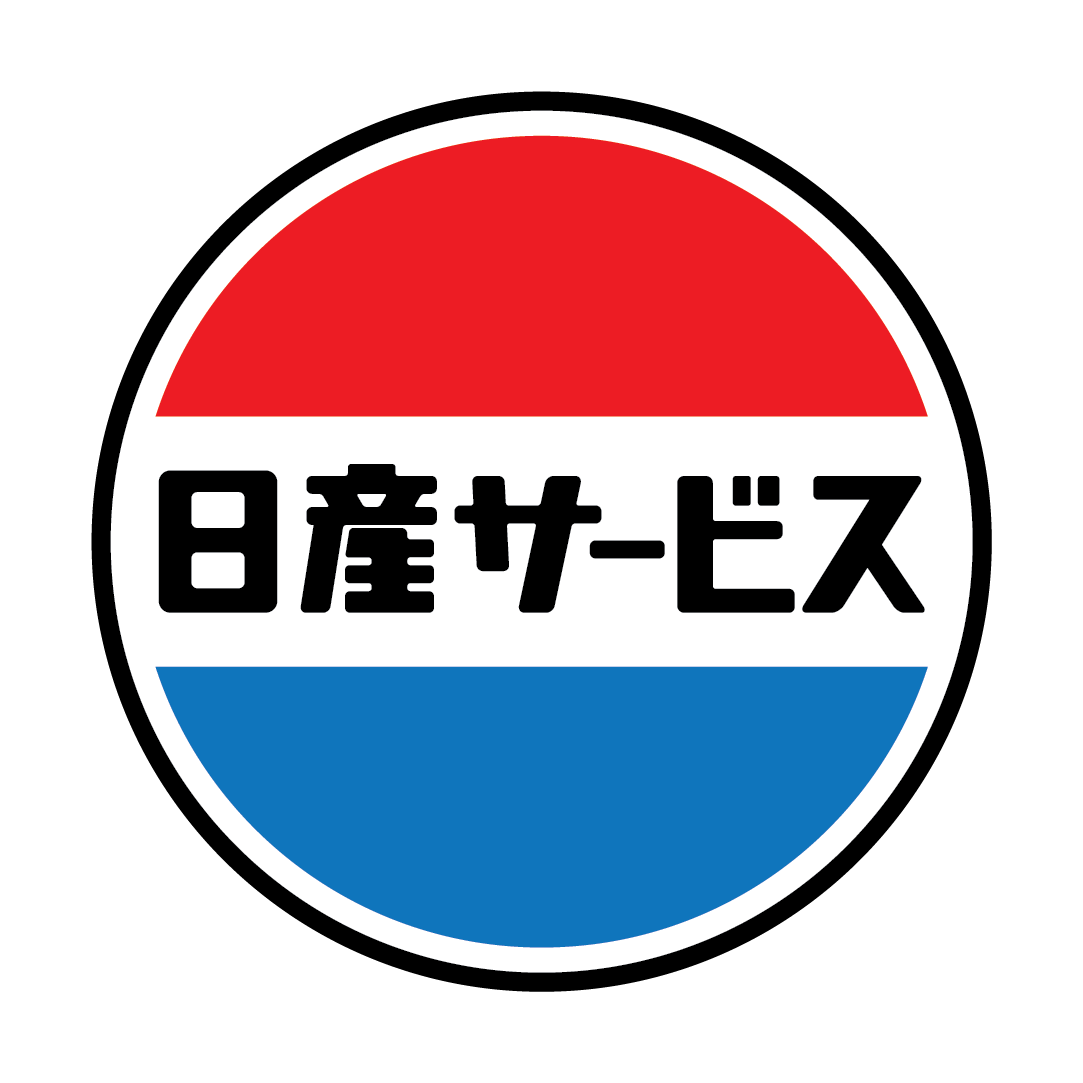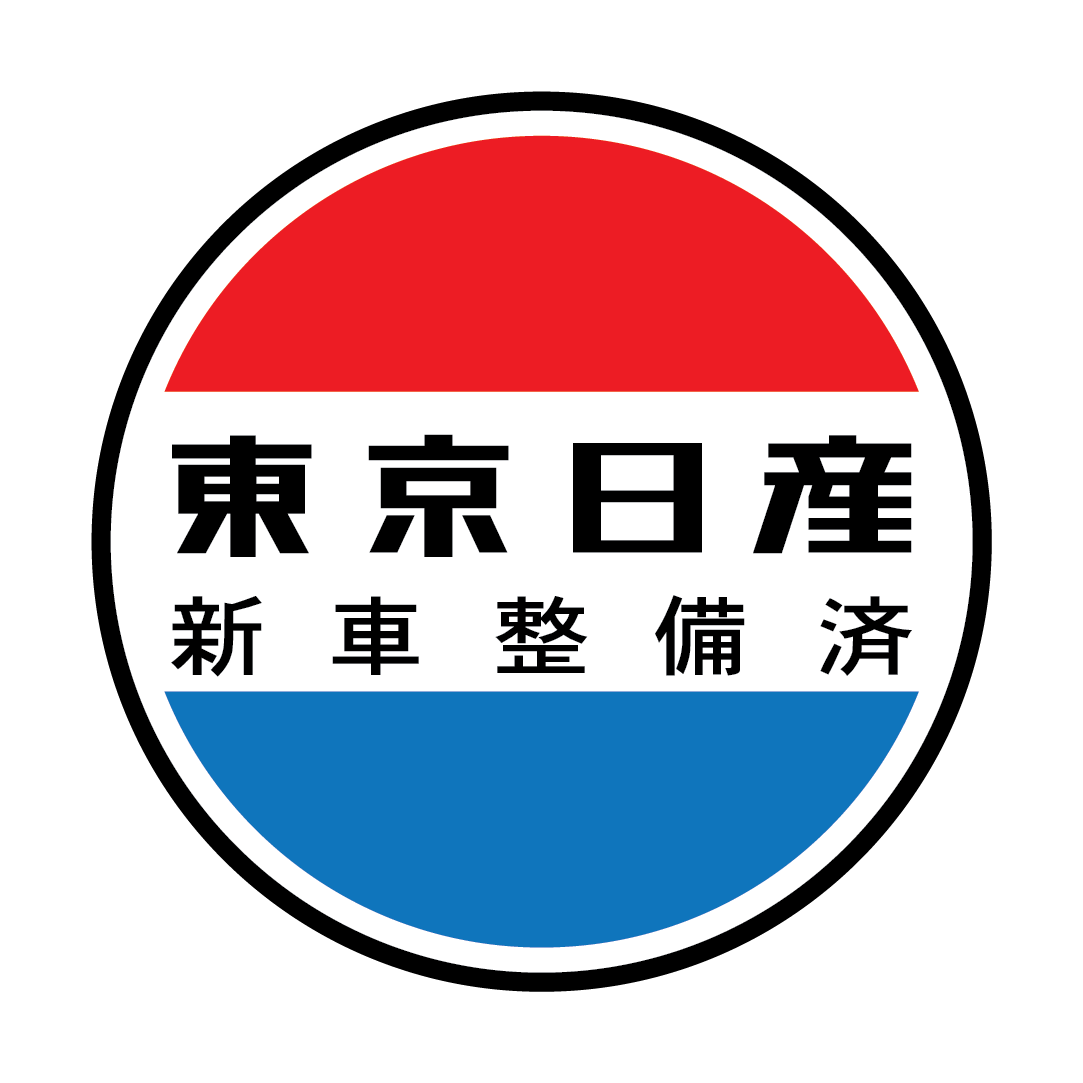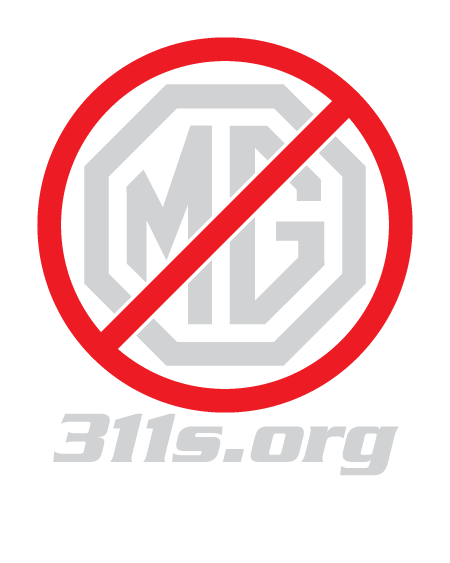
On Wednesday, December 22, 2010 my friend Exit64 (also known as “Mike”) dropped off my new “interim” car – a ‘67.5 1600. This car came from San Jose and looks like it was someone’s auto-x toy – there were time slips in the door pocket! As well as competition front springs and a comp front sway bar (we’ll see about the rear springs).
The whole car sits very low. At least 1″ lower than my ’69 2000.
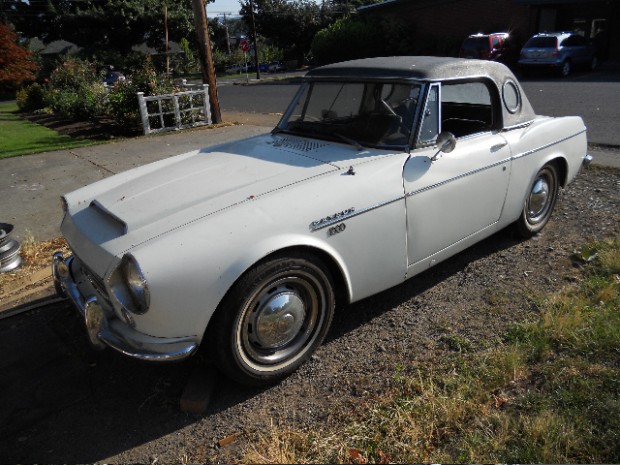
It is made up of parts and pieces from a few different cars – the body is actually from a ‘67.5 2000 – there are holes in the rear panel for the license trim. The original body was swapped to the 2000.
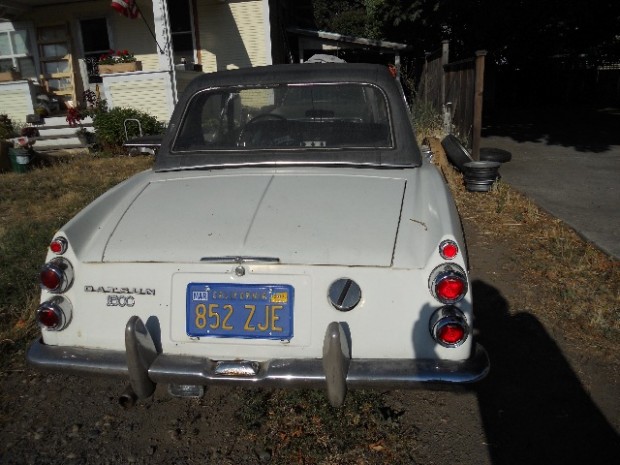
On top of that it has the heart of a forklift – an H-20!

1600 roadsters came with a simple but stout pushrod R-16 engine. The 2000’s featured Nissan’s first overhead cam engine – the U-20. It is a bit more sophisticated and breathes very well, but it is based on the R-16. Basically, an OHC head grafted onto a modified R-16 block. It has the same bore and a new crankshaft with a longer stroke to create 2000cc’s of displacement. Here’s where things get interesting: the crank will swap over (with a bit of modification) to the R-16 to create a stroker R-20. A pushrod 2000. More volume = mo’ bettah, torque-wise.
Add a twist: Nissan also makes forklifts, and one of them featured an H-20 engine – essentially a “factory R-16 stroker”. Outside of the US, the Nissan Urvan also used the H-20. Many of the parts of the R, H and U motors interchange (not to mention the G-series – an 1800cc G stroker is possible!). This car has an H-20 block and an R-16 head. I’m told it is a torquey little SOB. Can’t wait to drive it and find out for myself!

Besides the shorter windshield, the early cars have a different dash than the later cars. I much prefer the looks of the “flat” dash. There also seems to be a bit more room in the cockpit as the flat dash is further away from the driver.
This car is a ‘67.5 – there were “anti-glare” requirements from the US DOT that applied to these cars. Nissan changed the dash itself from grey to black and the gauge surrounds to black rather than chrome as on the earlier cars. In fact, all chrome visible from the driver’s seat was painted silver to reduce glare. (How do modern cars with all the factory interior “bling” get around these laws?) The gauges were also rearranged for the half-year cars – oil and temp gauges were merged, as well as the ammeter and fuel gauge. The windshield wiper now had an electric squirter, so the fourth toggle switch in the center was removed and changed to a pull switch on the left. Not as nice and symmetrical as the ’65-’67 dashes. This car has an aftermarket oil pressure gauge added.

So what does it need? A little TLC and cleaning – it has not run in over a year, so new fluids and general cleaning will be done before waking it up. The wiring is also a total mess and the first steps will be to get it repaired enough to drive and evaluate further. In the end I will probably rewire the entire car.
The nice thing about this project is that just about anything (within the limits of good taste) can be done to the car without concern about “originality”. I’ve often thought about which combinations of parts and pieces from the entire run of roadsters from 1963 to 1970 would go together best. I have some interesting ideas for this car. It’s a true Frankenroadster – I’m not sure what to call it: Scraps, Patches, Mutley, Frankie, the Mongrel…..

